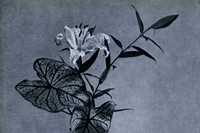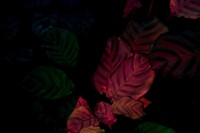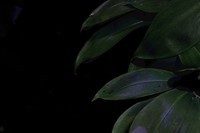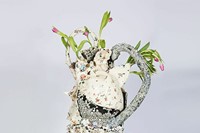Strange Plants II, a picture book that celebrates the luxuriant life of the often humbled plant
Who? Strange Plants II is indeed a strange, yet somehow perfect picture book that celebrates the artistic power of plants. Following on the sell-out success of Strange Plants, this title takes a further look at the relationship between plants and people. Where the first title focused solely on the role of the plant in inspiring the artist, here the gaze is widened to take in the symbiotic relationship between ‘the rich, imagination spurring world of plants’ and the way we are all affected by them. The images breathe organic life – in all its alien abundance – into the sometimes staid realm of the art book. This is no surprise considering the projects springs from the imagination of Zio Baritaux’s publishing imprint Zioxla in collaboration with Barcelona’s renowned Folch studio. Together they have made another volume whose blank, stamped cover (which can be adorned with three adhesives found inside) becomes a living, breathing object that invites reflection as much as inspection, alongside a little creativity.
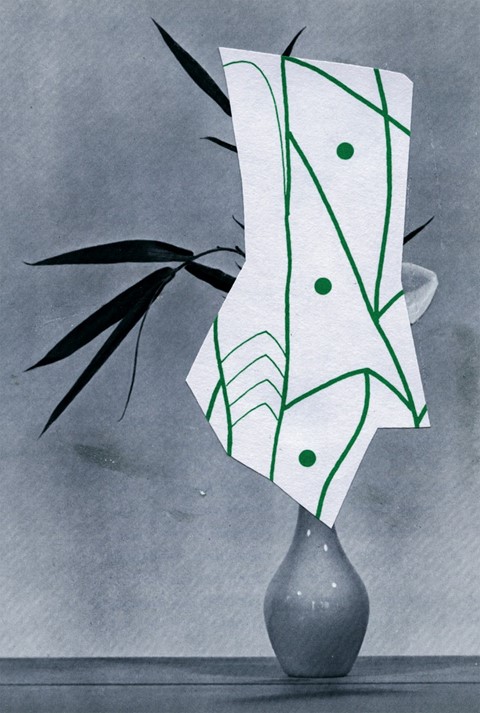
What? Described as “a celebration of plants in contemporary art…from oozing paintings of rotting cacti to eerie, mesmeric photos of the leafy kudzu vine”, the book brings together the work of 30 artists, united by their green subject matter. Each response feeds the reader’s gaze with something new – be it Misha Hollenbach’s demure collages or Francesca DiMattio’s overripe sculpture – so that as we walk through the undergrowth of artistic imagination, we find our own relationship with plants (even that lonely yucca in the corner of the room) being examined in turn. The work is diverse – some potted, some splayed – but each connected with a human element that binds the book as an artistic whole. As with the first book, this volume includes newly developed work by artists who do not typically use plants as their subject matter. This fresh gaze creates some unusual, often surprising work, such as Eric Yahnker’s coloured pencil illustrations of a flowering aloe-vera plant in a Stephen Spielberg pot, or Erin M. Riley’s hand woven tapestry of a suggestive stone plant. Twelve tattoo artists were also asked for their take, and their ‘gritty and fantastical designs’ supply an injection of linear urbanity that works as an interesting counterpart to the organic profusion of the other work.
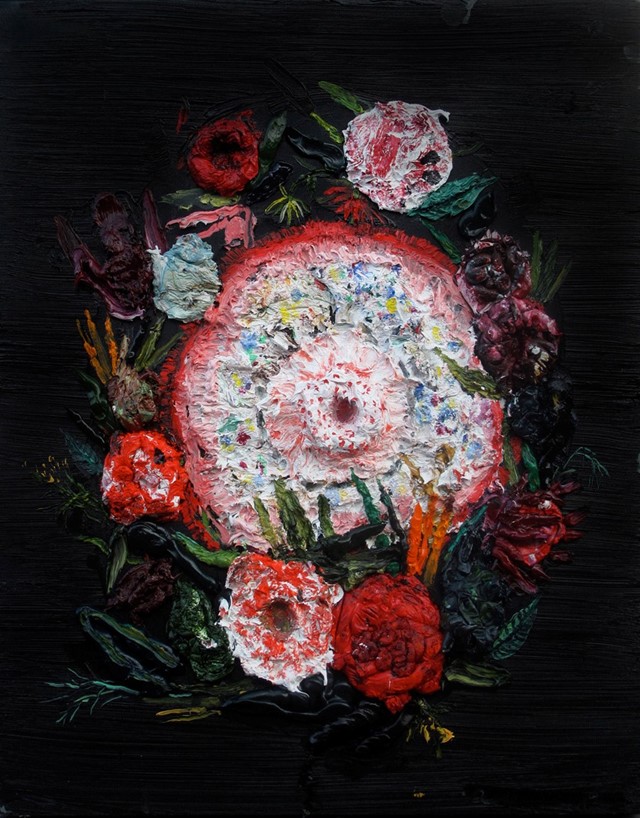
Why? Beritaux’s vision was for this book to be a reflection of the relationships she’d nurtured in the creation of the first volume, and that sense of return is tangible. After all, plants are our counterparts – without them we could not live – and there is a poetic balance to this book whereby the inspired artist pays homage in their images of their chosen plant. So often relegated to the background of art, potted and pruned, it is refreshing to see work that unashamedly celebrates the luxuriant life of the humbled plant. It somehow feels, that even as we celebrate the artist that contorts and frames the fauna, it is the silent plants themselves that deserve our praise. Spiky. Sleek. Ribbed. Blooming. They thrive inside a single adjective; so much more themselves than we, spread so thin in being human, can ever hope to be.
Strange Plants II is out now published by Zioxla.

